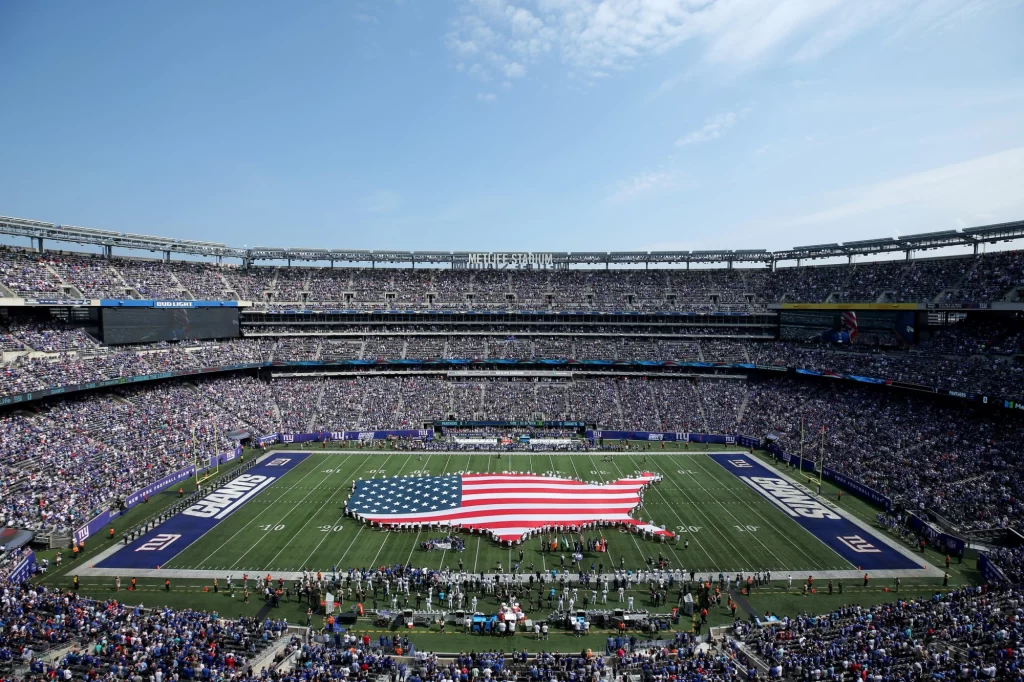When the FIFA men’s World Cup last graced the United States’ shores 30 years ago this summer, it not only set attendance records but also marked a historic moment at the Pontiac Silverdome near Detroit. This indoor venue became the first to host a World Cup match under a roof.
Since then, only four other indoor stadiums, split evenly between men’s and women’s tournaments, have followed suit over the past three decades.
The upcoming 2026 World Cup, spanning the United States, Canada, and Mexico, ventures into uncharted territory, with five of its 16 venues boasting fixed or retractable roofs.
However, FIFA’s requirement for all matches to be played on natural grass poses a significant challenge in these enclosed settings.

Alan Ferguson, FIFA’s chief field expert, emphasized the hurdles posed by indoor environments lacking natural elements essential for grass growth.
Speaking from Knoxville, Tennessee, he discussed the initial findings of a substantial research project aimed at ensuring elite-level fields can withstand the rigorous demands of hosting 104 matches over 39 days during the tournament.
While temporary grass fields have been deployed in indoor venues before, such as AT&T Stadium for recent Concacaf Nations League finals, the prolonged duration of World Cup matches presents a new challenge.
Ferguson stressed the need for grass surfaces to recover adequately between matches, highlighting the stark difference between accommodating a few games over a short period and hosting nine World Cup matches, including a semifinal, over a month-long span.
